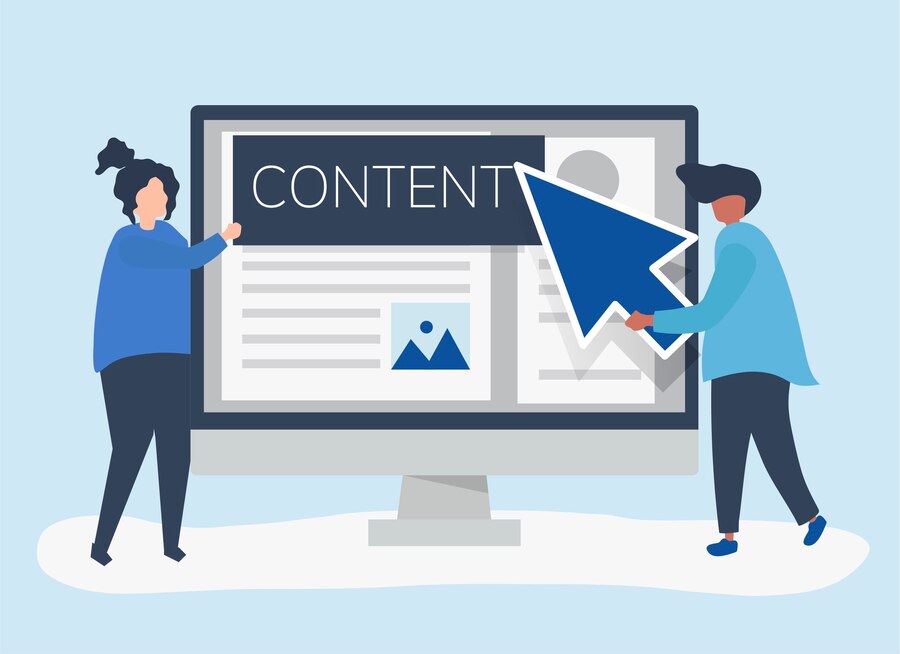In the current world, it is crucial to create good content for one to be heard or seen by many especially in the business world. Whether you are a marketer, an entrepreneur or a content creator, it is crucial to learn how to turn concepts into content that can capture the audience’s attention. This guide will show you the basic principles that will enable you to come up with content that will be effective in reaching your target audience.
1. Identify Your Audience
The first and foremost thing that one needs to do in order to create good content is to know who their audience is. Knowing the audience will help in determining the message to be passed, the language to use and the means to use in passing the message. Find out as much as you can about your audience’s age, gender, interests, and needs. Some of the ways of collecting data include surveys, social media metrics, and market research. This way you will be able to create content that is relevant to your audience’s needs and concerns and, therefore, generate more engagement.
2. Brainstorm Ideas
When you have a good idea of who your audience is, it is now time to come up with content ideas. Think about what your audience wants to know and what issues they are interested in. Some of the ways to come up with a list of ideas include mind mapping or free writing. Consult with other team members or colleagues in order to get a different point of view. Also, it is advisable to monitor the industry trends and news to make sure that the content you are creating is up to date. This is the brainstorming stage that is very helpful in coming up with a good content strategy.
3. Create a Content Plan

A content plan is a guide that helps you arrange your thoughts and maintain coherence and coherence of the material. Define what you want to achieve with your content, what type of content you will use (blogs, videos, infographics etc.) and how you will deliver it. Create a content calendar to set the time for posting and ensure that there is constant posting of content. This planning phase is useful in keeping you on track and make sure that you are discussing many issues as you work towards your goals. It also helps you to track your performance and make changes if necessary in your strategy.
4. Craft Compelling Content
Having your ideas and plan set, it is now time to come up with good content. Ensure that you are giving your audience what they need or want by offering them information, fun or motivation. It is advisable to avoid complex and complicated words and make your writing as interesting as possible. Use images, videos or infographics to support your message and make it more appealing to the audience. Also, it is crucial to make sure that the content you are creating is SEO friendly in order to gain better ranking and visibility. It is not enough to just educate; content should also engage and prompt the audience to share.
5. Promote Your Content
6. Analyze and Iterate
Last but not the least, it is important to understand how well your content is doing. Monitor the engagement metrics including views, shares, and conversions using the analytics tools. Determine which content is most effective in engaging your audience and which content needs to be changed. This is because this data-driven approach helps you to fine-tune your content strategy iteratively. It is possible to improve the quality of your future content by using feedback and performance as a basis for iteration.
Conclusion
It is a complex process of identifying the target audience, generating ideas, developing a plan, creating content, sharing it, and measuring the results. With these steps, it is possible to turn your ideas into content that will engage your audience and create the desired impact. In the current society, people are exposed to a lot of information and it becomes quite challenging to develop content that will be of value and interest to the audience.

